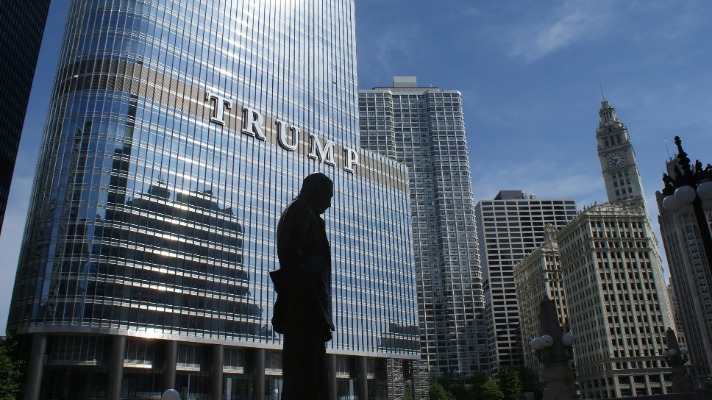With the 2024 presidential election–one of the most historically significant in our nation’s history–having just come to an end in a shockingly decisive victory for Donald Trump, it is important to understand why voters voted in the way that they did, particularly from a fiscal and monetary standpoint. A study by the Pew Research Center found that the economy was the largest factor in determining an individual’s decision to vote, with 81 percent of registered voters saying that it was “very important” to their vote. However, the importance of the economy did not distinctly sway voters in one way or the other; in fact, a significant chunk of eligible voters were undecided and abstained. That is, the question of which president would be “better for the economy” did not have a clear answer. This is largely in part due to a general lack of awareness of specific administration objectives as well as the spread of disinformation via social media and other platforms – both of which contribute to an ill-informed voter base, which is inherently unhealthy in a democracy. So, let's break it down.
Context Matters
Four years–the length of a presidential term–is a pretty short period of time, economically speaking. The business cycle itself lasts an average of 5.5 years in the United States. Therefore, economic changes from specific legislation are unlikely to be explicitly observable during a presidency (though there are a few exceptions). If “the economy felt better under president Trump,” as one anonymous voter put it, that does not necessarily mean that Trump’s policies were better for the economy. The same principle applies to Biden. Oftentimes, the president (who doesn’t directly control the Fed) has little control over the circumstances. That is not to say that the president of the United States has no role in the economy, but rather that it is important to consider all external factors. Specifically, during this last election, many people failed to take into account a few key events that shaped the economy over the last eight years:
(1) the pandemic, during which unemployment skyrocketed, rates were cut, and congressional stimulus packages were doled out
(2) Russia’s invasion of Ukraine, which strained supply chains for oil, wheat, and even various fertilizers
(3) the trade war with China, which benefitted domestic producers in certain industries but hurt consumers
Without grasping the context, one might be quick to conclude that Biden’s presidency produced more job growth than Trump’s, which is technically true. However, the 13 million jobs created during Biden’s term occurred as the economy was rebounding from the pandemic. The gains were significant, but were largely driven by natural economic recovery that would have happened regardless.
Likewise, one might conclude that Trump’s tax cuts boosted GDP growth and stock market performance. In the short-term, that may have been true, but eventually they led to disruptions in supply chains, reduced exports, and increased costs for businesses, which unfolded during Biden’s term.
Source: Newsweek
In an increasingly polarized nation, campaigns on both sides of the spectrum exploit a lack of voter awareness by making uncontextualized claims that blur the lines between fact and propaganda–not just with regard to the economy. As voters, it is essential to be informed on specific policies, the entire extent of which cannot be covered in this article alone.
Some Trump Plans
(1) Extending the Tax Cuts and Jobs Act
(2) Lowering corporate tax rates from 21% to 15%.
(3) Imposing more tariffs on China
(4) Seeking energy independence
Some Harris Plans
(1) Strengthening the Child Care and Development Block Grant Program
(2) Supporting green jobs initiatives
(3) Expanding the Affordable Care Act
(4) Increasing taxation on polluters
Explaining the pros, cons, and specific nuances of these plans would go against the purpose of this article, which is to encourage you to conduct your own research before forming political opinions. Simply put, don’t be easily swayed by the opinionated media you consume every day. I recommend consulting multiple nonpartisan sources, such as Reuters and the Wall Street Journal, to avoid bias. This open-minded approach will help you develop a well-rounded perspective when you get the opportunity to vote.

